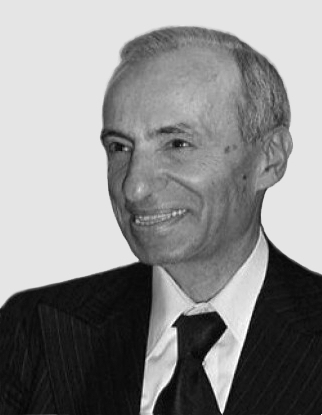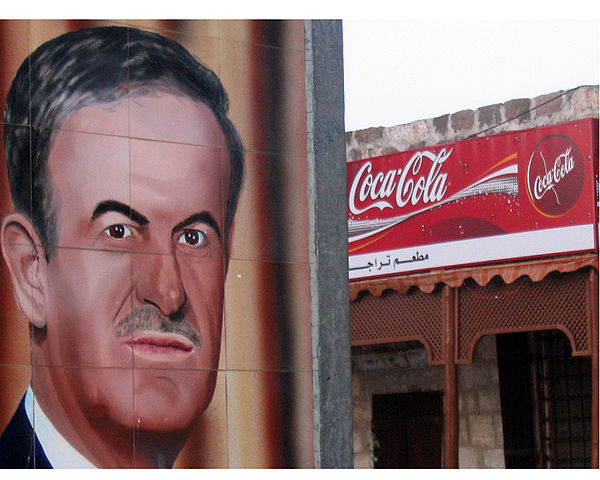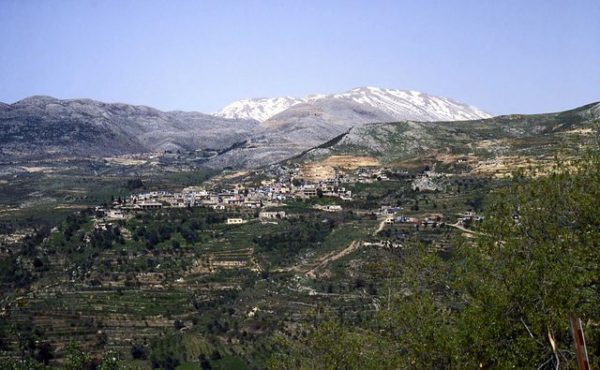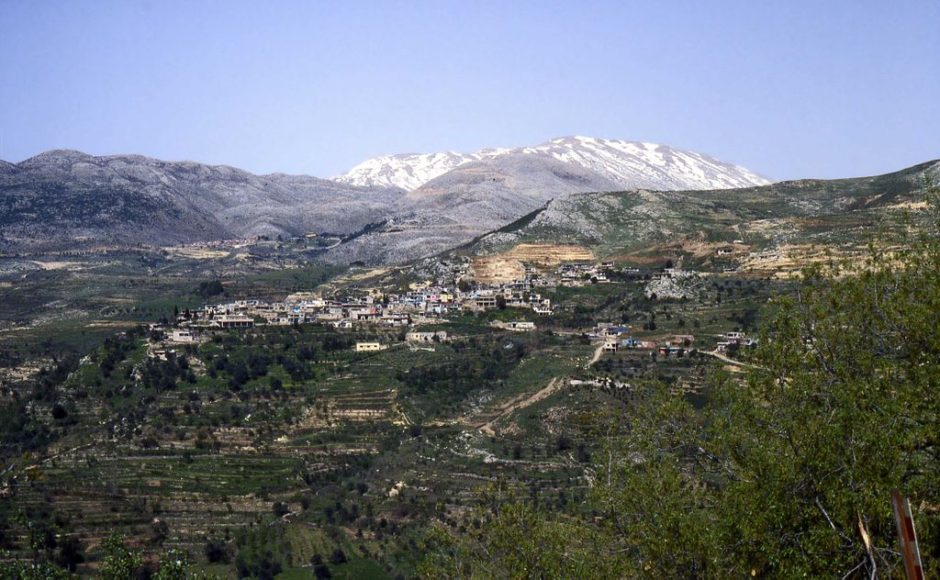The killings in Syria go on, despite efforts to end the carnage. The country’s largest city, Aleppo, lies in ruins. Millions have fled the country.
What makes this such an intractable problem? Syria is a very complex country, a kaleidoscope of rival ethnicities and sects.
If history is a guide, this is a state that has only been held together by force, and when those that exercise it falter, near-anarchy ensues.
About 90 percent of Syrians are Arabs, most being Sunnis. They are the dominant cultural group.

The Alawites, a Shiite sect, constitute just eight percent of the population, centred in the coastal province of Latakia. They have played a role in politics and the army that far outweighs their numbers. There are other minor sects of Shiites, such as Ismailis.
The Druze, about three percent of the population, live in southwestern Syria — Jebal Druze, the Golan and in Damascus.

The non-Arab Kurds, some nine percent, inhabit the mountain areas near Turkey, in the self-governing region of Rojava. Kurdish nationalists first, Muslims second and Syrians last, they want an independent state that would merge with the Kurds of eastern Turkey and northern Iraq.
There are also 100,000 Turkomens, Sunnis who speak a Turkic language from central Asia. They live in eastern Syria. The Circassians, who are also Sunnis, fled the Caucasus when the Russians conquered it. They were offered asylum by the Ottomans.
Christian Arabs comprise 10 percent of Syrians. Eastern Orthodox Christians are divided between Jacobites and Greek Orthodox. Catholics include Melkites and Maronites, as well as followers of the Latin rite.
Then there are Assyrian Nestorians, and various small groups of Protestants, who were successfully converted by 19th-century Europeans.
Non-Arab Armenians, at three percent, mostly arrived in the early 20th century, fleeing the Ottoman Turks. Most are Armenian Orthodox. Merchants and craftsmen, they settled mainly in Aleppo and Damascus and have resisted assimilation.
Given this polyglot mix, in the past most Syrians tried to rise above their particular group. Pan-Arabism, Syrian nationalism, socialism — all have been put forth to form a wider identity. This seems no longer the case.
While Syrians supported the Wilsonian ideals of national self-determination propagated during World War I, under the Sykes-Picot Agreement, the French and British had secretly agreed to divide up the Middle East.
Syria and Lebanon went to the French, who encouraged minorities such as the Alawites and Circassians to join the military. This would prove significant by the 1960s, when the Alawite-dominated army would take control of the state.
In 1943, the French granted independence to Syria. Political power now rested in the hands of traditional Sunni leaders who came from landholding or mercantile families.
But a new element emerged on the scene: ideological political parties. Among thesee (drop second e) were the Syrian Nationalist Party (PPS), the Communist Party, and — most important — the Arab Socialist Renaissance (Baath) Party, led by Michel Aflaq and Salah Bitar.
Aflaq was Greek Orthodox, while Bitar was a Sunni.

The party’s program of Arab unity, anti-imperialism, social reform and economic justice appealed to a wide spectrum of the lower classes.
Given Syria’s complex social order, the Baath attempted to transcend, indeed, wish away, these divisions.
There followed a brief period when pan-Arab ideals led Syria into union with Egypt as the United Arab Republic, but Egypt’s Gamel Abdel Nasser treated the country almost as a colony of Cairo, and the UAR was dissolved three years later.

A bloody coup in 1966 brought to power General Hafez al-Assad and Major General Salah al-Jadid, radical Alawite officers. The new regime intensified nationalization measures, and increased ties with the Soviet Union. In May 1969, a new constitution made the Baath the only legal party.
The new regime also grew more anti-Israeli. Syrian guns shot down at Israeli farmers in Galilee from the Golan Heights, and Damascus began to give support to Palestinian radicals.
In April 1967, a dogfight over Damascus between Israel and Syria resulted in the loss of seven Syrian MiGs. All this helped bring about the June 1967 war, when Syria lost the Golan.

In 1970, Hafez al-Assad assumed sole power. He and his son, Bashar, who took over in 2000 after his father’s death, have ruled the country ever since.
In an article published in 2013 in the Journal of Democracy, the eminent political scientists Alfred Stepan and Juan Linz describe the extreme case of personal rule known as “sultanism,” when domination by a family or individual develops an administration and a military force “which are purely personal instruments of the master.”
This means that there is no autonomy of state careers. All officials are best seen as being on the “household staff” of the sultan.
Syria under Bashar al-Assad clearly has strong sultanistic features, such as the “dynastic” element. He “inherited” the presidency, even though he had been working in England as an ophthalmologist, brought home by his father in order to be groomed for assuming power after his older brother was killed in a car accident.
Assad has no important official in whom he does not have full personal trust, which means that nearly all must come from his own Alawite religious minority.
This left the majority Sunnis in the cold, and they began pushing back. Opposition was centered among the urban Sunni population, who felt humiliated in being ruled by people they considered social inferiors, provincials and heretics.
Islamic fundamentalists have posed the most serious challenge to Baathist dominance, with movements such as the Muslim Brotherhood engaging in terrorist attacks.
In 1979, more than 60 Alawite cadets were massacred by Sunnis at an officers’ school in Aleppo. Hafez al-Assad was almost assassinated in 1980. In February 1982 much of the city of Hama was levelled and upwards of 20,000 inhabitants killed after a Brotherhood-inspired uprising.
All this foretold the catastrophe that would overtake the country when the “Arab Spring” arrived in 2011.
Stepan and Linz conclude, “We know of no situations where a long, complicated, and brutal civil war has led to a cohesive state and a rapidly emerging democracy.”
Henry Srebrnik is a professor of political science at the University of Prince Edward Island.

